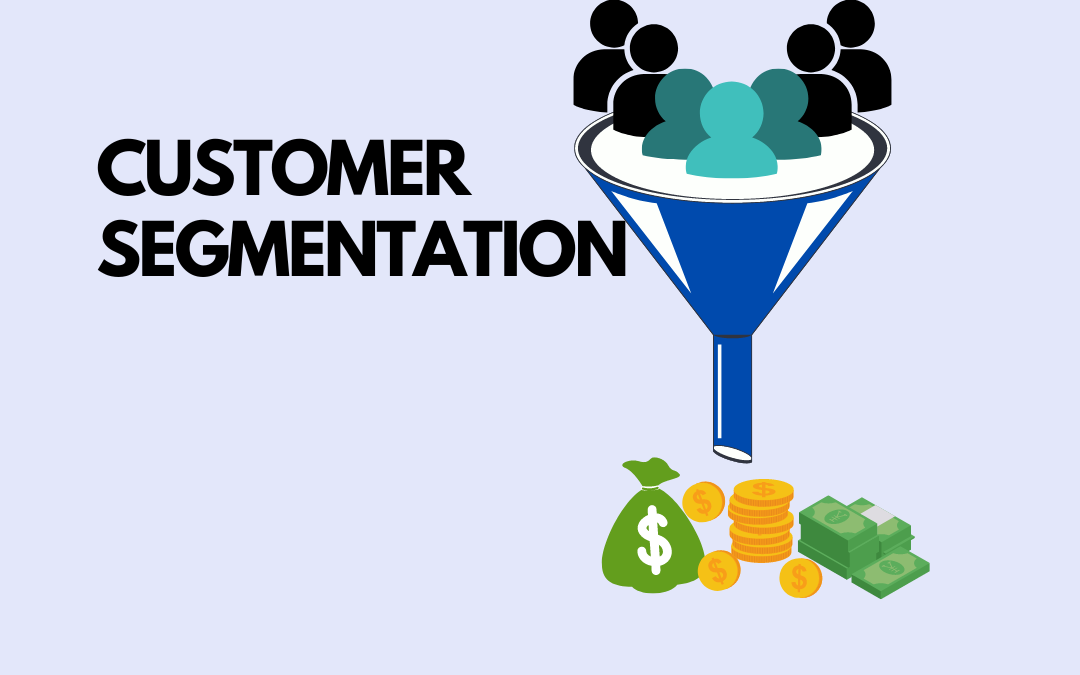One of the most challenging responsibilities of a sales manager is bridging the gap on account profitability between sales reps and the executive team. For example, a salesperson may have a key account that represents a major percentage of his monthly sales. However, it is an account that the administrative team constantly complains about. The customer is slow to pay, has too many small deliveries, and buys low-margin products. The sales manager’s job is to try to find a balance between these competing issues. One way to do that is to focus on profit segmentation.
Segmenting Your Accounts
In their book, Choose Your Customer, How to Compete Against the Digital Giants and Thrive, Jonathan Byrnes and John Wass provide insight for handling the sales manager’s dilemma. They suggest segmenting your accounts into these three categories to determine which parts of the business are making or losing money.
Profit Peak – This group consists of the 20% of your accounts that generate 80% of your territory’s profit. It includes loyal customers with whom the account manager has trusting relationships. The clients in this category are recognized as good friends and recommend you to their business associates.
Profit Drains – This category includes accounts that represent about 30% of a sales territory’s revenue but drain off about 50 percent of the profits earned by the rest of the company. These customers are price shoppers who check your price against those of online competitors, and demand the lowest price match. These accounts also often require some form of service.
Profit Desert – Customers in this group represent 50% of a territory and account for 20% of revenues, but produce only 10% of the profits. Properly developed, however, this 20% have the potential to grow into Profit Peak accounts. They should not be ignored.
Find Your Strategic Group
Once you have categorized your customers, you need to make a plan. Byrnes and Wass recommend carving out a defensible, high-growth, high-profit strategic group that the powerful digital and off-price competitors cannot enter with their low-price, low service strategies. While these customers may require more costly service, the extra expense is justified by the accelerated profits. From my experience, these accounts tend to more readily accept price increases, especially as they relate to service.
Part of your strategy may also include stopping the practice of meeting the lowest price for your Profit Drain accounts. You will find a significant number of Profit Drain customers will eventually purchase at full price.
Find the sweet spot
As a sales manager, you need to find a balance between the competing needs of your sales reps and the executive team. Focusing on profit segmentation is an effective way to find your company’s revenue sweet spot.
Get tips and tricks like the above in The Art of Sales books. Or subscribe to the FREE monthly articles here.

